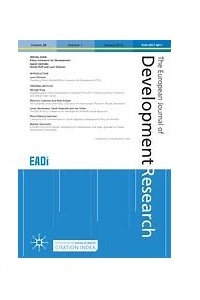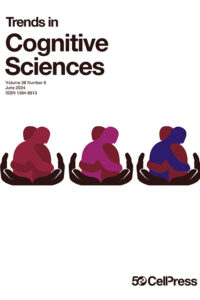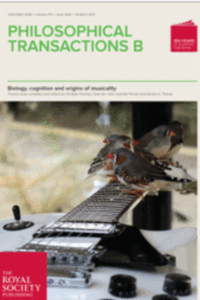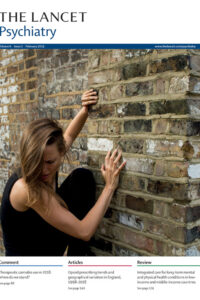This article analyzes the rise and fall of the aid effectiveness norm, using the lens of Finnemore and Sikkink’s norm ‘life cycle’. I argue that, although donors and recipients endorsed the founding principles, the norm was only feebly internalized: they were unwilling to overcome their reluctance—and important disincentives—to substantially change their practices on the ground. After the norm cascaded, the donor-led process sought to gain legitimacy and diffuse the norm more broadly by trying to bring in a wider range of actors through norm substitution. These changes failed to convince emerging donors to engage and caused the norm to decay to the point where it ceased to constitute a norm. This case highlights the importance of refining the life cycle model to take into account weak internalization and the potential existence of a second phase in which norms decline and potentially die.
Available as open access publication




